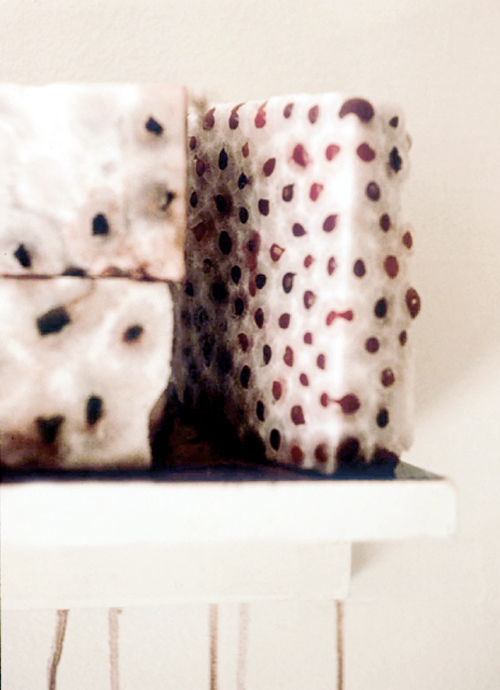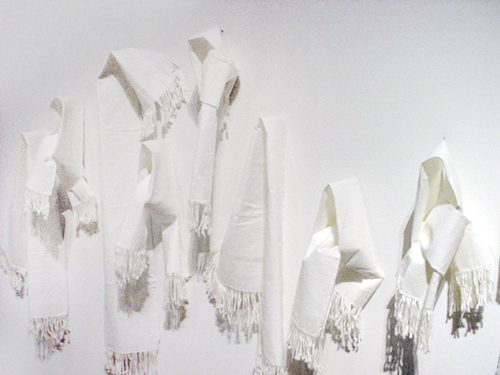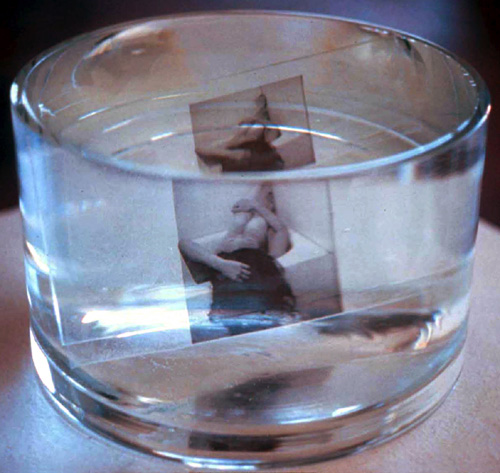net force upward = adhesive force* - (density of dye) (height of paper towels) (length of paper towels) (width of paper towel) (acceleration of gravity)
*adhesive force is a function of the width of capillary tubes, surface
tension of dye, and molecular properties of paper towels.
white paper towel roll, black liquid dye, white plastic bucket












